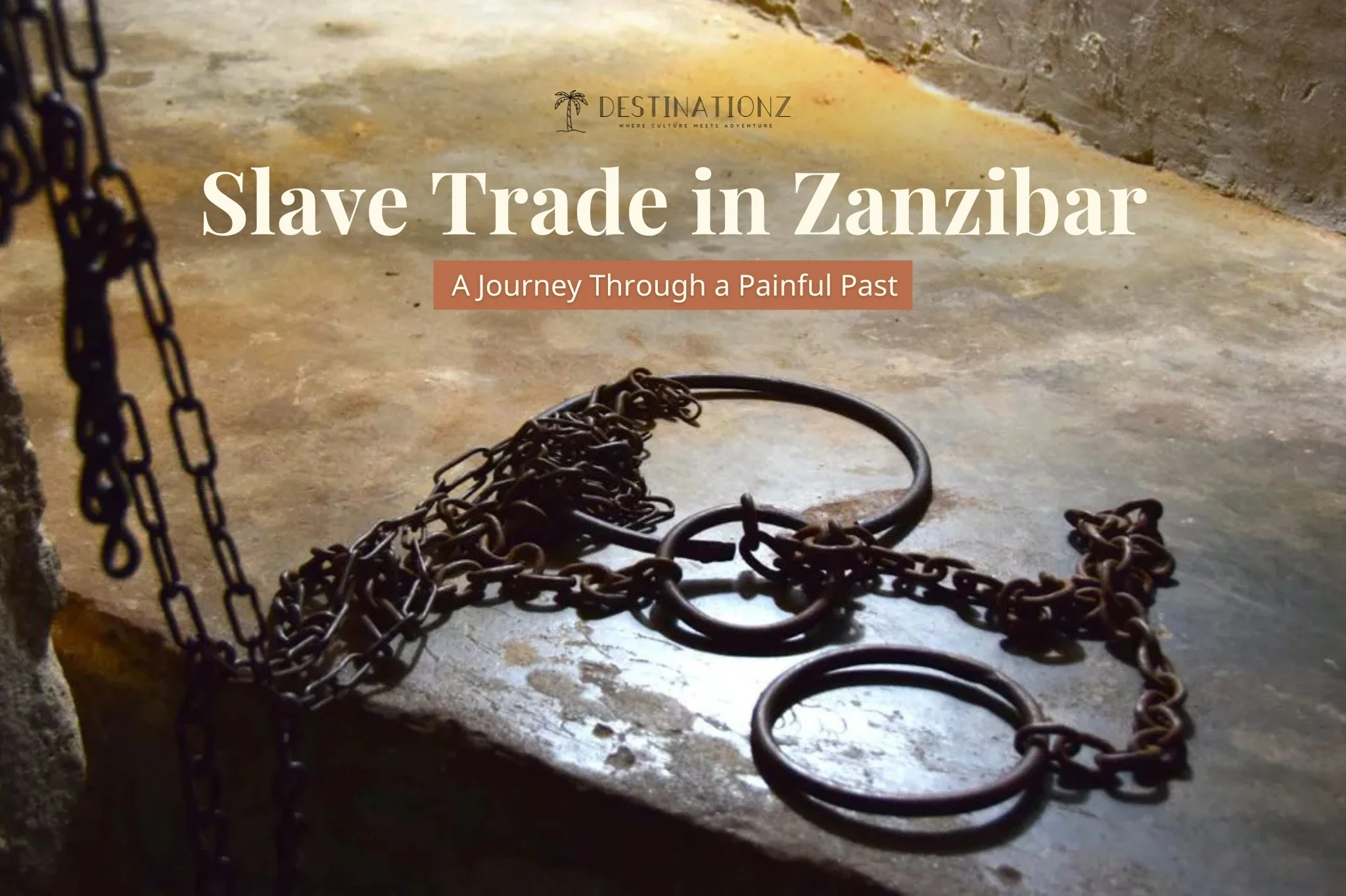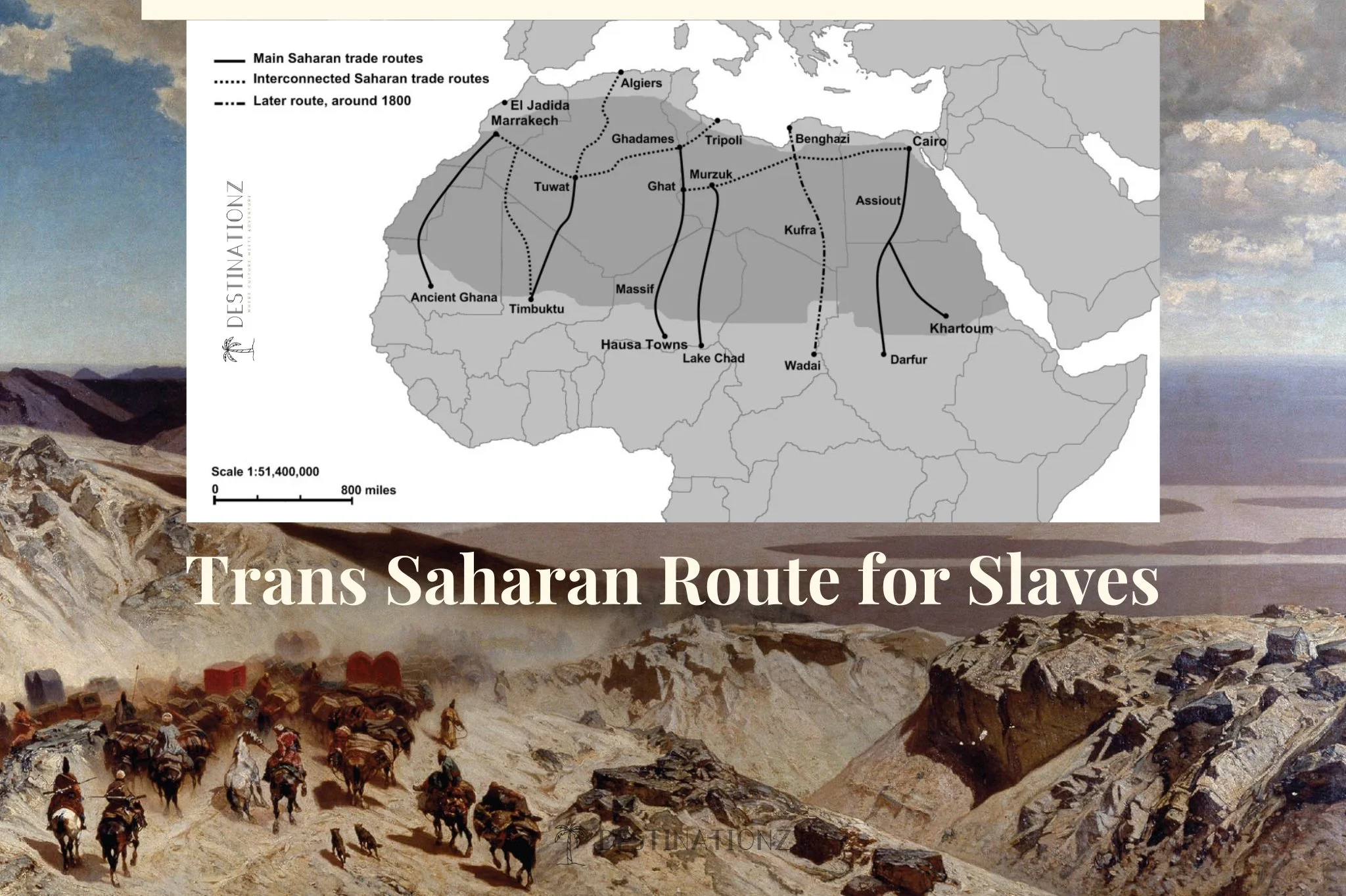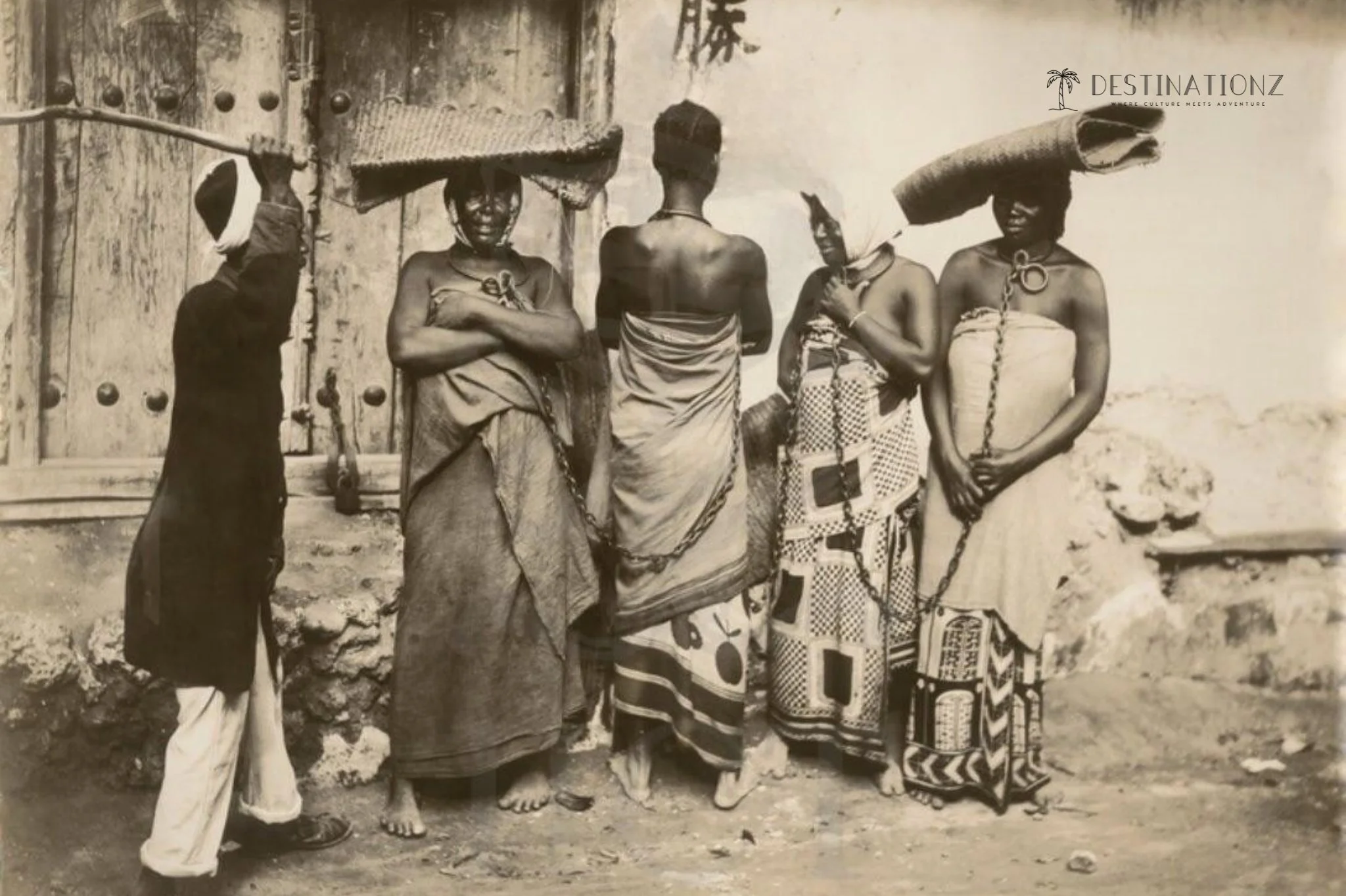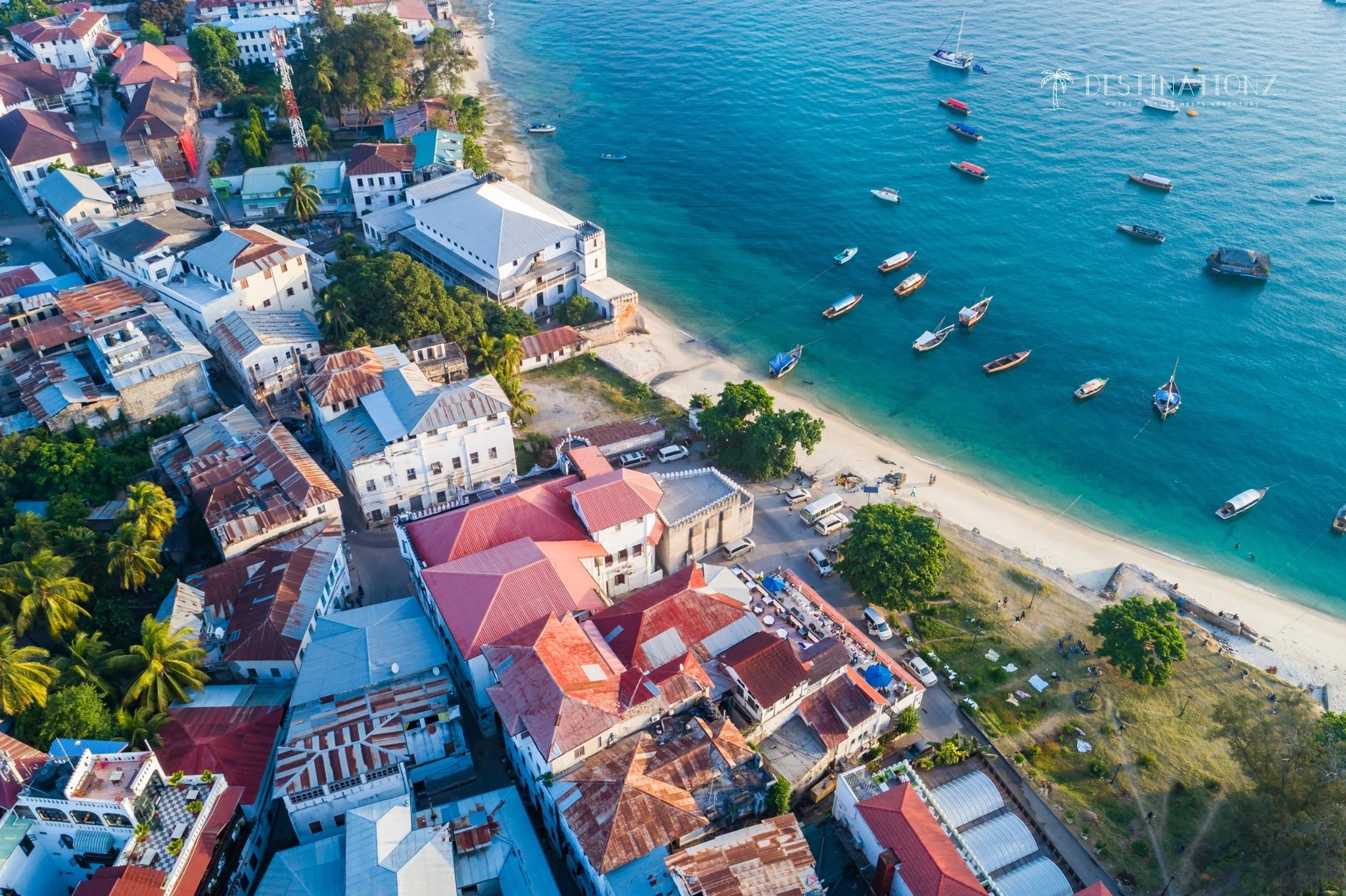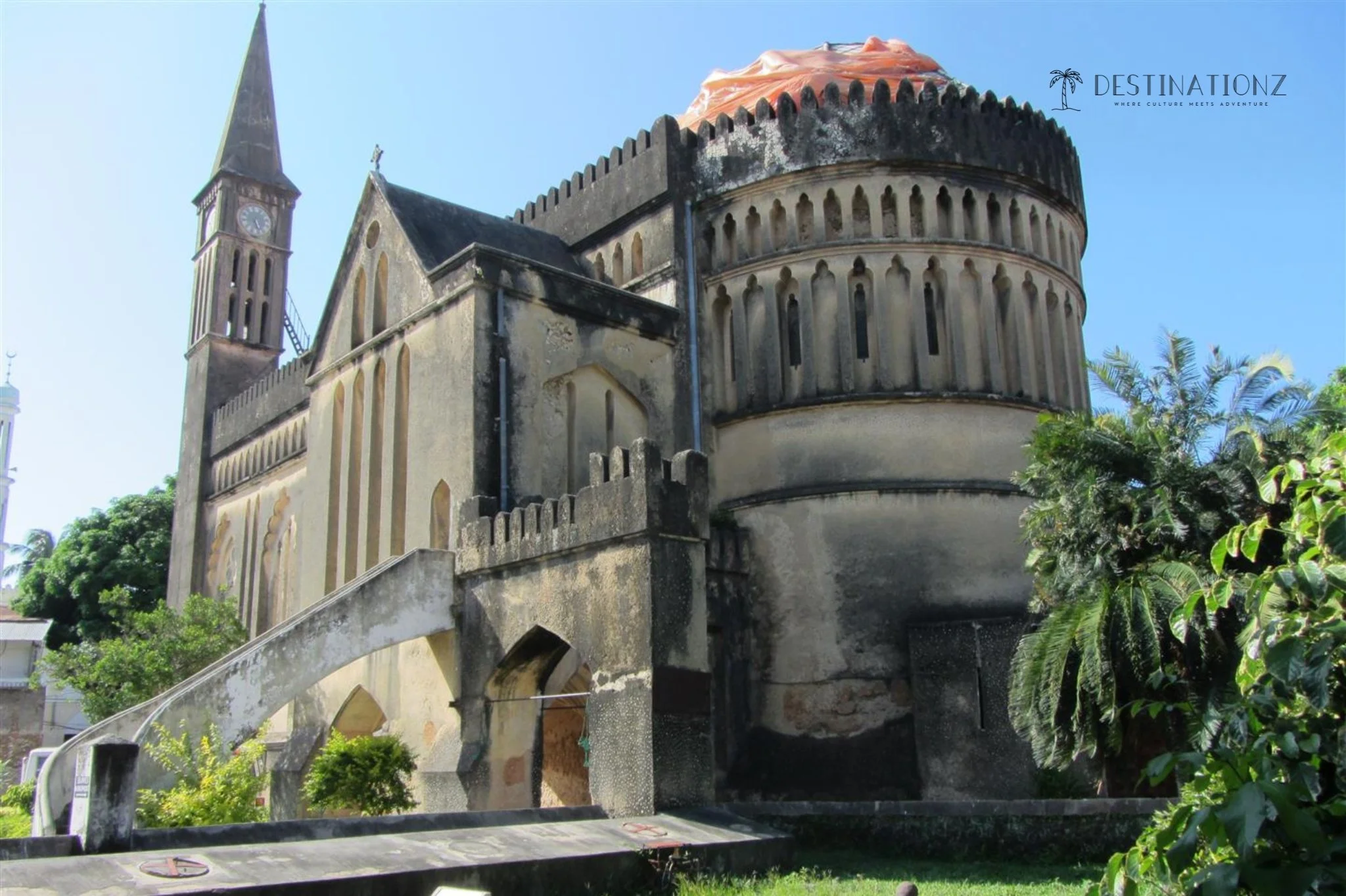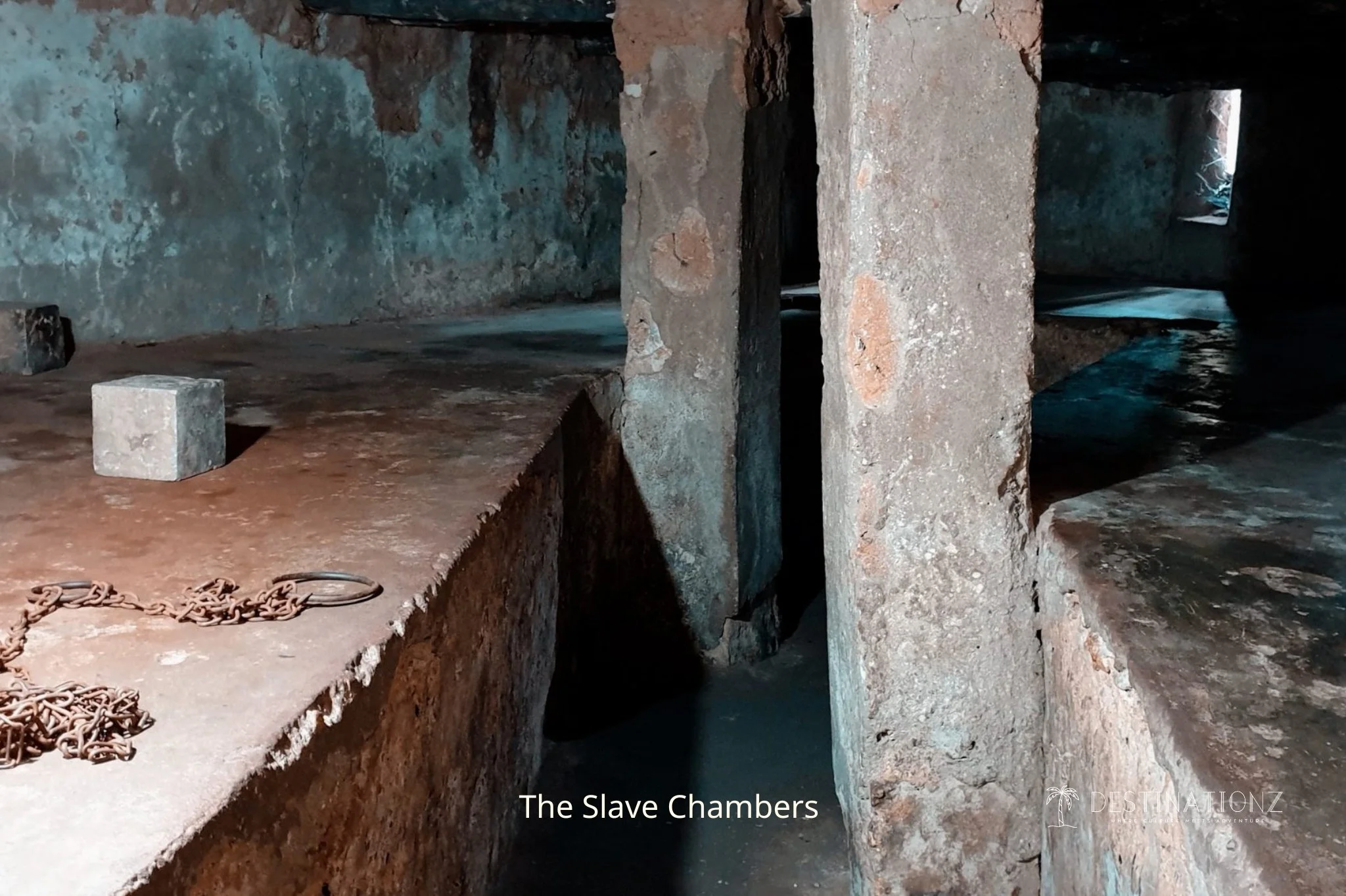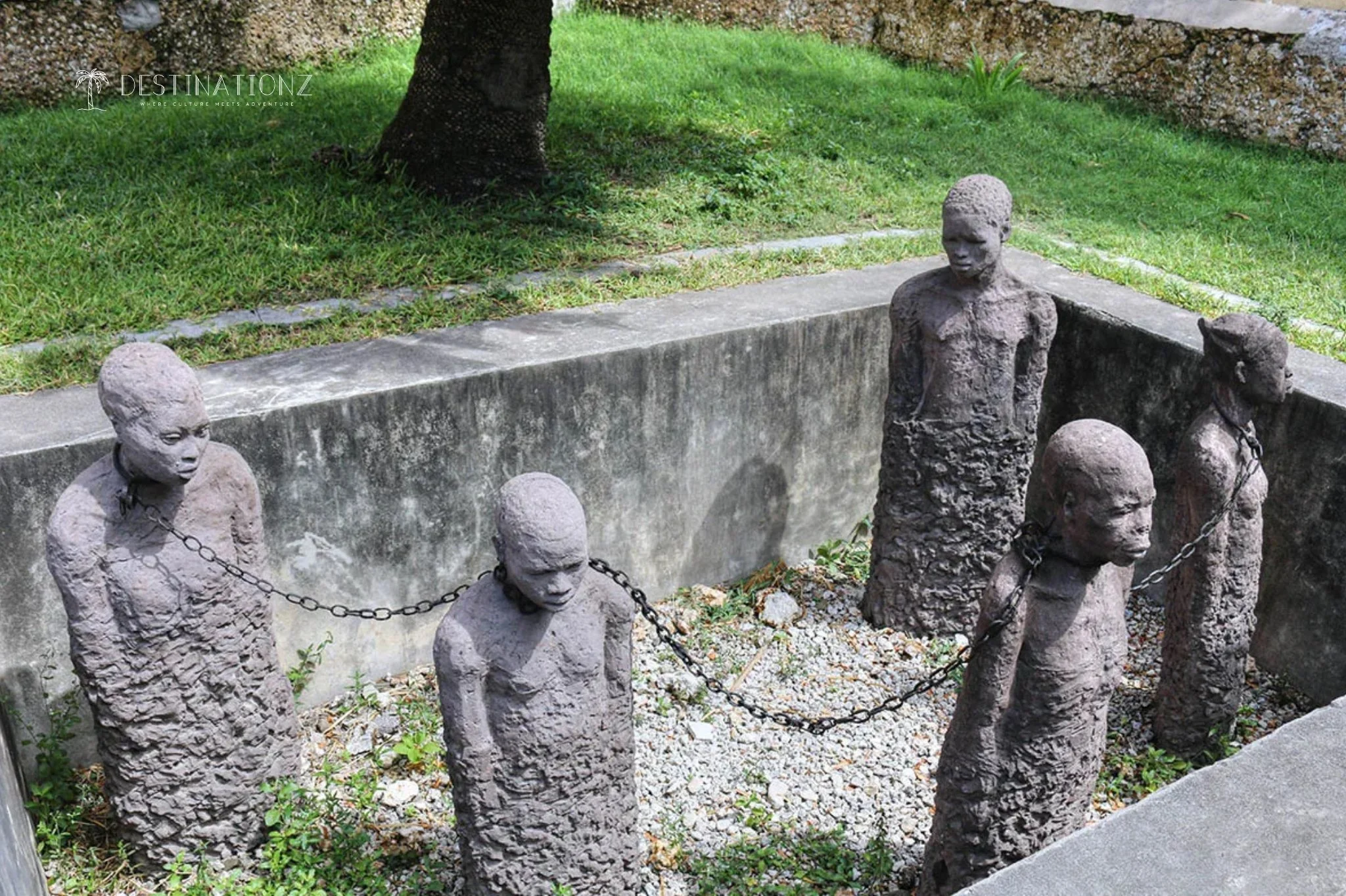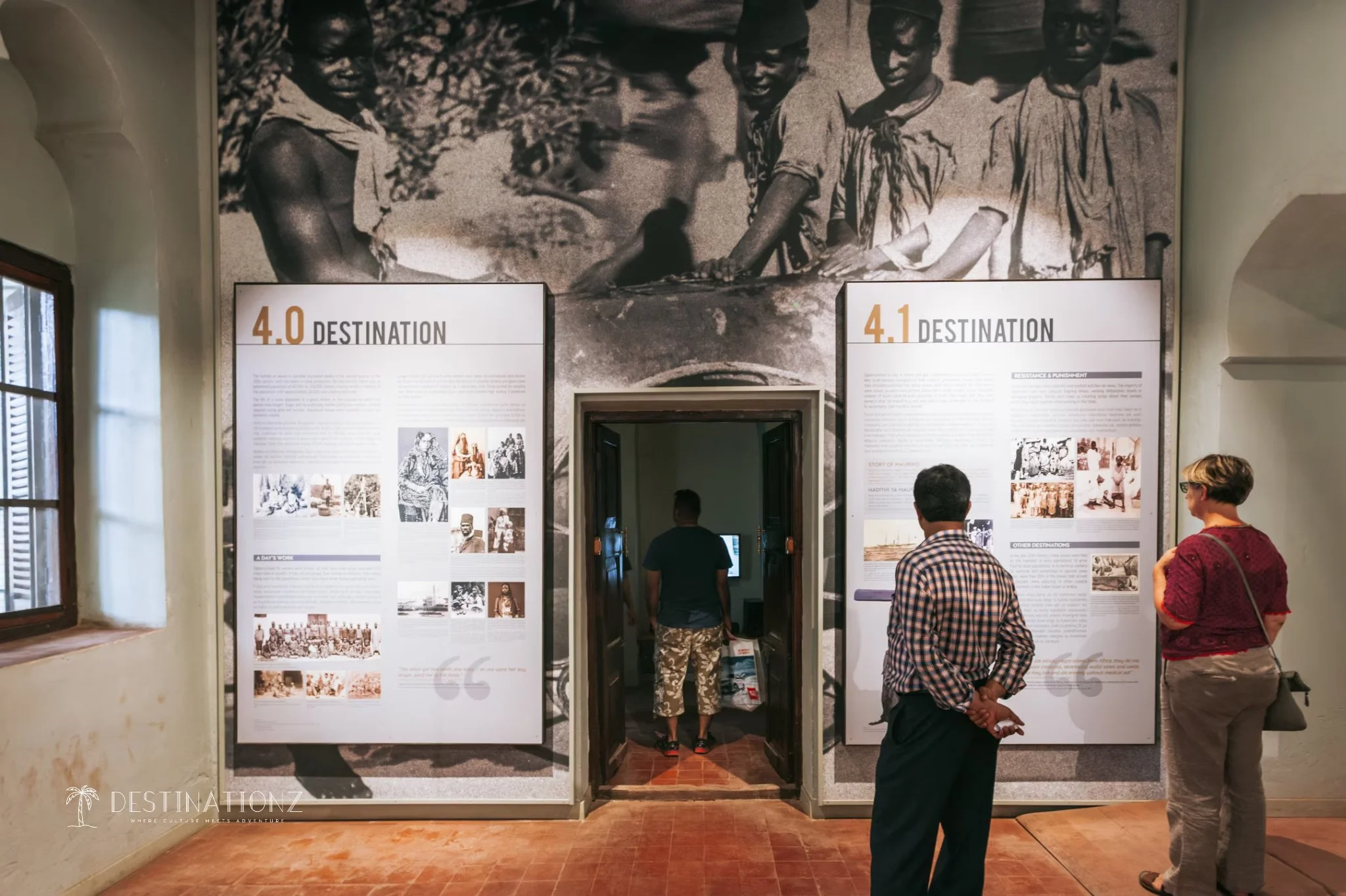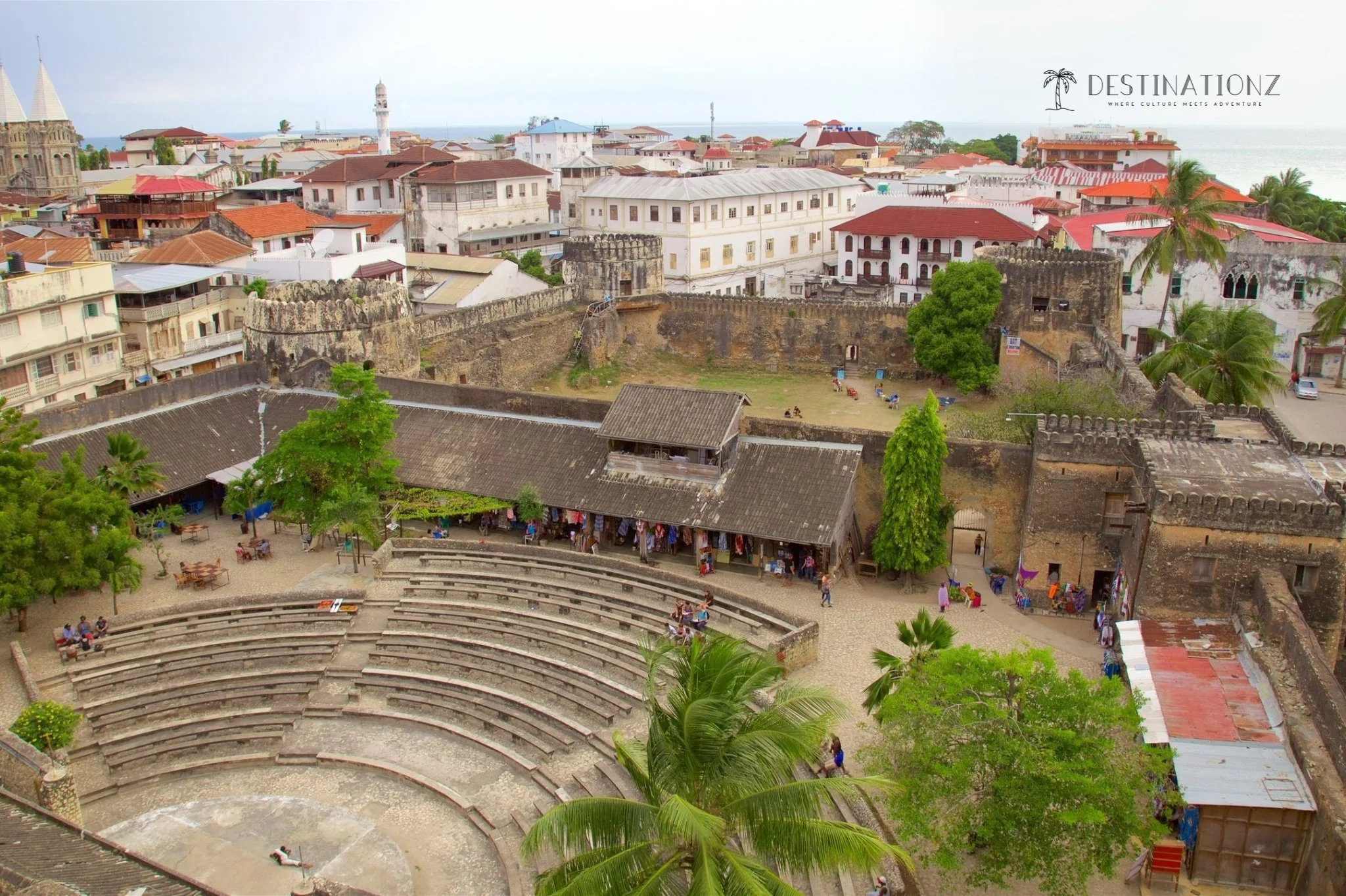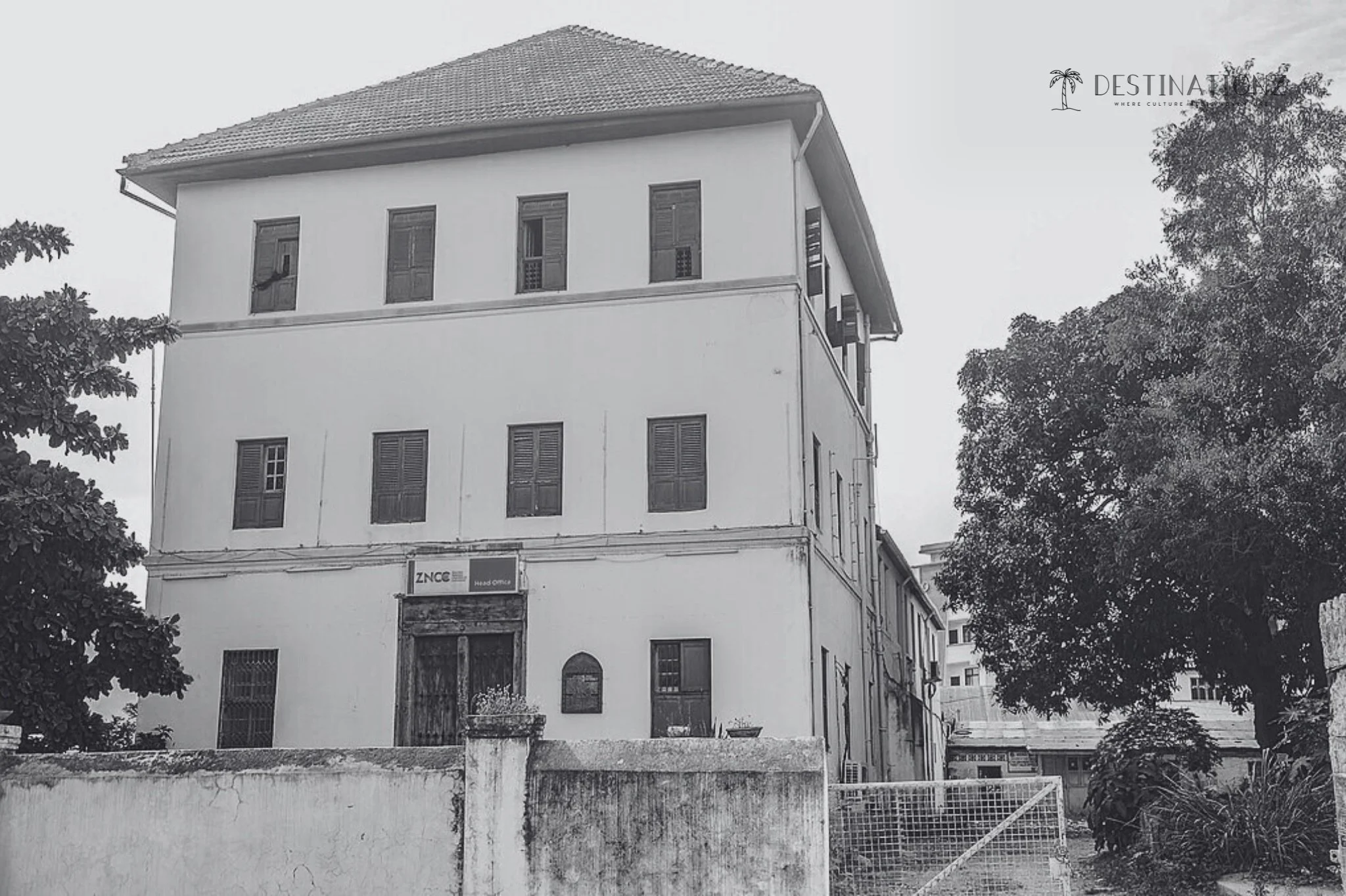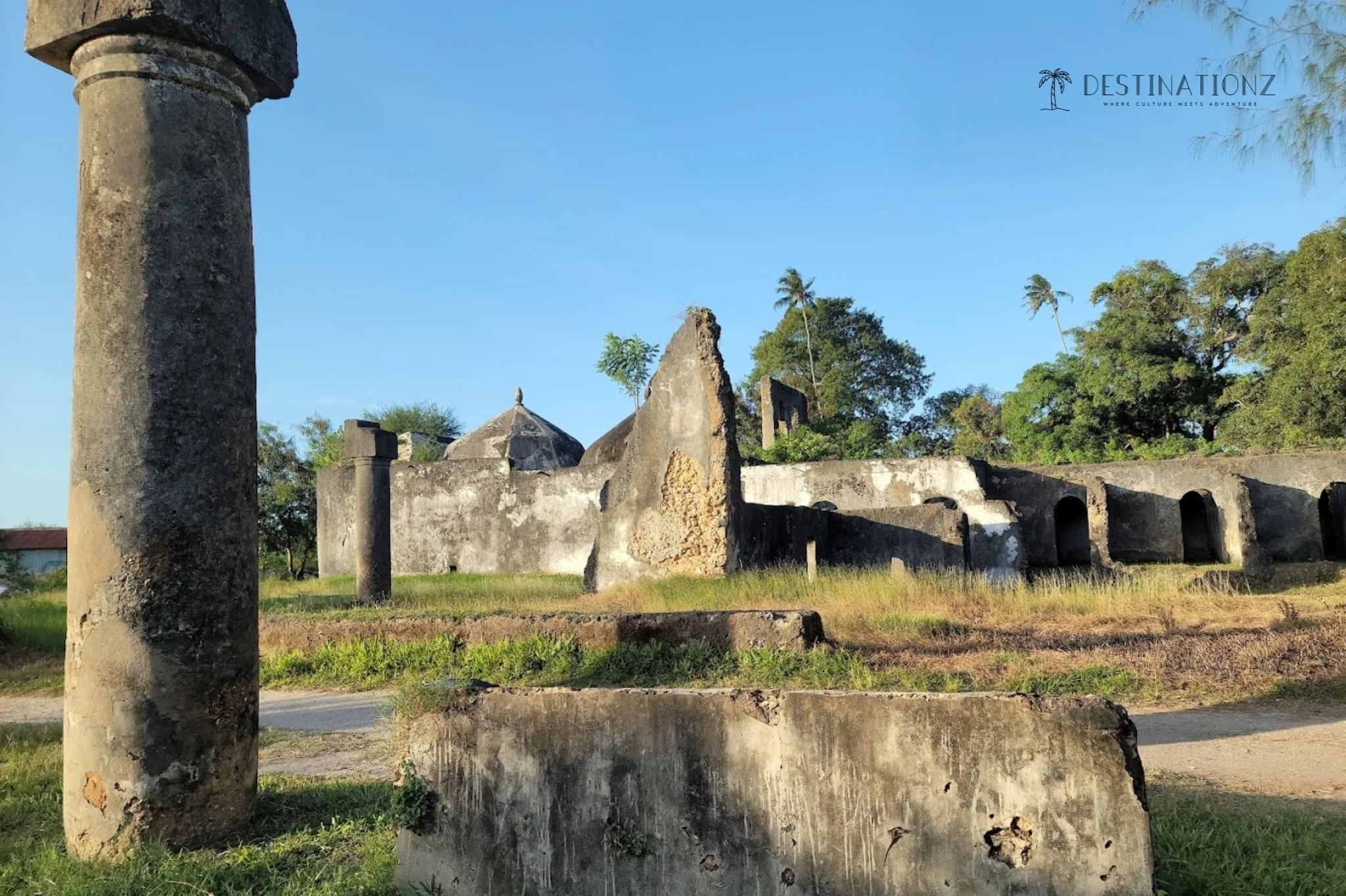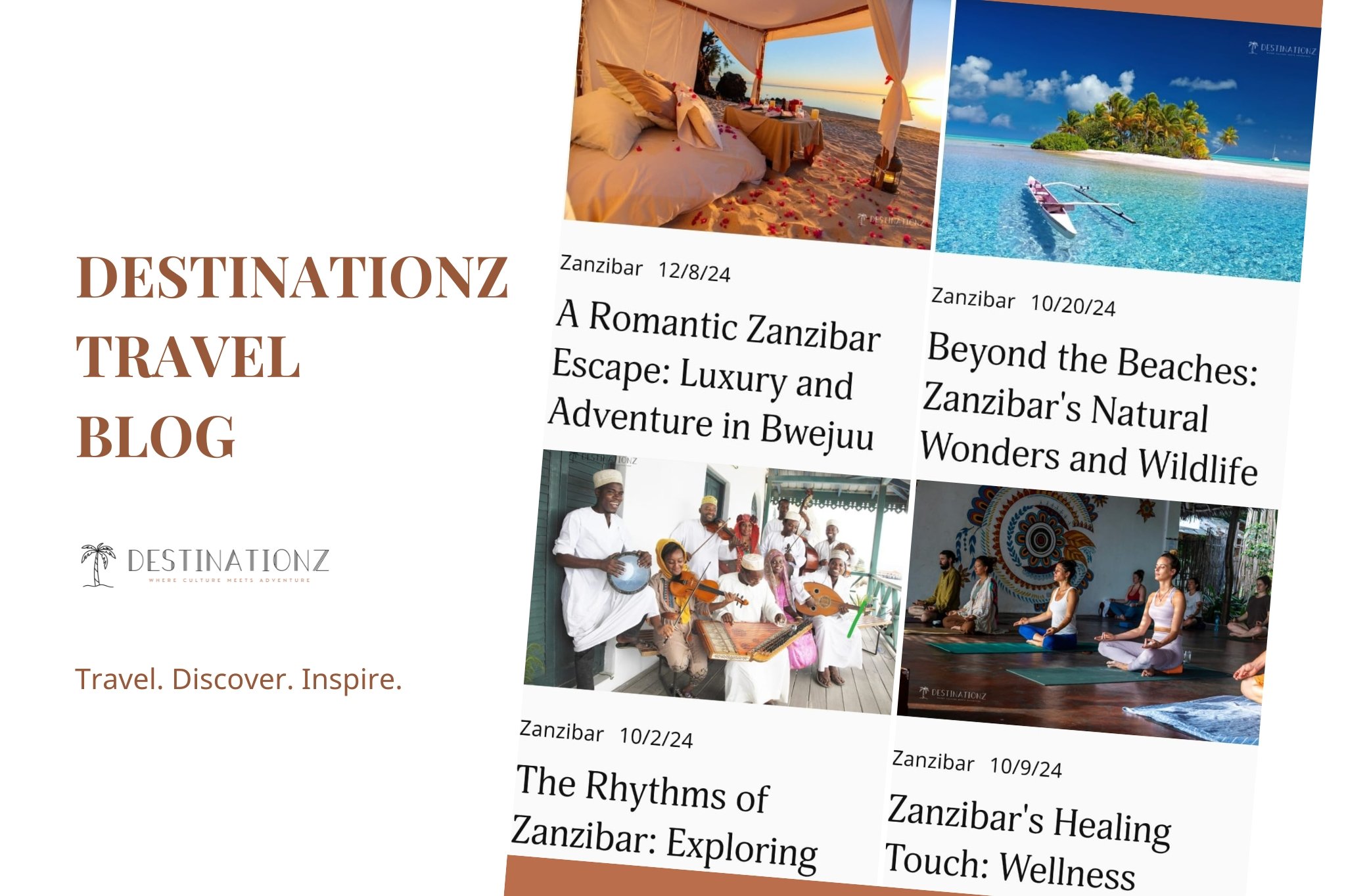Zanzibar's Slave Trade History: A Journey Through a Painful Past
Hey fam! It's Leonie and Jasmine, your Zanzibar travel guides from Destinationz. We believe that understanding a destination's past is crucial to appreciating its present. Today, we're embarking on a journey through a difficult but important chapter in Zanzibar's history: the slave trade.
A Dark Chapter: Zanzibar's Role in the East African Slave Trade
For centuries, Zanzibar played a central role in the East African slave trade. The island, particularly Stone Town, served as a major trading hub where enslaved people from mainland East Africa were brought before being shipped across the Indian Ocean to the Middle East, North Africa, Asia, and other parts of the world. This is one of the most important historical facts to note about this small island. It was a prominent part of the Arab slave trade and African slave trade and many slaves were taken through the Red Sea. It is even estimated that over 600 000 slaves were sold through this market between 1830 and 1873.
The Horrors of the Trade
The conditions for enslaved individuals were horrific. They were often captured in raids on the mainland, marched long distances in chains to the coast, and then crammed onto overcrowded ships with little food or water. Many slaves died during the journey due to starvation, disease, or being thrown overboard if they fell ill. This formed part of the reason why the Zanzibar slave trade became one of the most infamous in the world, and led to the eventual abolition of the trade. You can learn about the involvement of the Oman Sultanate and Arab traders who led this trade in order to sell slaves and even ivory.
Stone Town: A Hub of the Trade
In Stone Town, the slave market was the epicenter of this brutal trade. Here, enslaved Africans were auctioned off to the highest bidder, often enduring further suffering and exploitation. Today, the site serves as a powerful reminder of this dark past. It is one of the most visited historical sites in Zanzibar. Tourists from all over the world come and visit this location.
Visiting the Old Slave Market and Anglican Cathedral:
A visit to the former slave market is a sobering but essential experience for anyone seeking to understand Zanzibar's history. Today, the site is home to the Anglican Cathedral, built in the late 19th century as a symbol of redemption and a deliberate act to take over the space that once held such horrors. The British played a major role in pressuring for the closure of the market.
The Anglican Cathedral: The cathedral itself is an architectural landmark, but its significance goes far beyond its beauty. Its altar is said to stand on the exact spot where the whipping tree once stood in the slave market, with a white marble circle marking the spot where slaves were forced to stand while being whipped with a stinging branch in order to test their strength and fetch a higher price. The church stands as a testament to those who fought for freedom.
The Slave Chambers: Adjacent to the cathedral, you can visit the haunting underground slave chambers where enslaved people were held before being sold. These cramped, dark spaces offer a chilling glimpse into the inhumanity of the trade.
The Memorial: A powerful monument depicting enslaved individuals in chains stands outside the cathedral, serving as a poignant memorial to the victims of the slave trade. It reminds us of the true history of this trade.
The Museum: The on-site museum provides detailed information about the history of the East African slave trade, its impact on Zanzibar, and the eventual abolition of slavery.
Beyond the Old Slave Market:
While the Old Slave Market is the most prominent site related to the slave trade, other locations in Stone Town and beyond also bear witness to this history:
The Old Fort: This imposing structure, built by the Omani Arabs, played a role in the administration of the slave trade.
Livingstone House: This house was once used by the famous explorer and abolitionist David Livingstone, who campaigned against the slave trade. It is one of the most popular beaches on this side of the island. He was key in the movement to end slavery and the slave trade. He also had a close relationship with Tippu Tip who was a well known trader of slaves and ivory.
Maruhubi Palace Ruins: Built by Sultan Barghash who was pressured to end the slave trade on the island. This palace was later used to house women from his harem. These ruins provide another layer to this complex history.
Learning from the Past:
Facing Zanzibar's role in the slave trade can be an emotional experience. It's important to approach this history with sensitivity, respect, and a commitment to learning from the past. By acknowledging this dark chapter, we honor the memory of those who suffered and reaffirm our commitment to a more just and equitable future. We can remember those who have been long forgotten and hear their stories. This will ensure we do not repeat the mistakes from the past. It is important that we do not forget the legacy that this trade has left on the world. Many countries were impacted by this trade, including Brazil.
A Path Towards Healing:
Zanzibar has made significant strides in acknowledging and addressing its past. The island's commitment to education and remembrance is a testament to the resilience of the human spirit. You can learn more about the abolition of the Zanzibar slave trade and how the British played a role.
Destinationz: Your Partner in Meaningful Travel
At Destinationz, we believe that travel can be a powerful force for understanding and empathy. We encourage you to explore Zanzibar's complex history, engage with its vibrant culture, and contribute to a more informed and compassionate world. We hope that sharing such stories will help us understand more about the history of slavery.
Book your free consultation call with us today, and let's plan a Zanzibar journey that not only takes you to beautiful beaches but also deepens your understanding of this fascinating and complex island. Let us help you book a tour with a trusted tour guide. We can help you uncover all of Zanzibar's hidden treasures.
Check out our existing travel packages: [Zanzibar Travel Packages]
Uncover the Secrets of Zanzibar - Explore Our Blogs:
-
Beyond the Beaches: Zanzibar's Natural Wonders and Wildlife Encounters
Luxury in Paradise: Indulge in Zanzibar's Finest Resorts and Experiences
The Spice Island's Soulful Cuisine: A Culinary Journey Through Zanzibar's Flavors
Stone Town Stories: Unveiling the Secrets of Zanzibar's Historic Heart
The Rhythms of Zanzibar: Exploring Music, Dance, and Artistic Traditions
Zanzibar for Families: Creating Memories that Last a Lifetime


